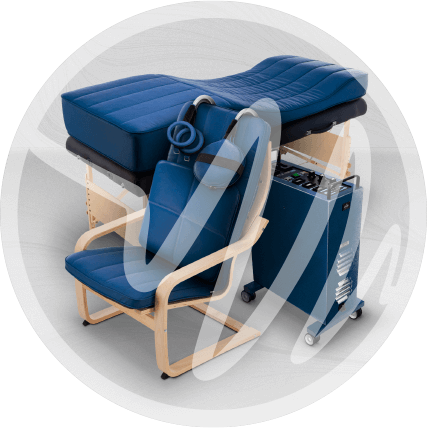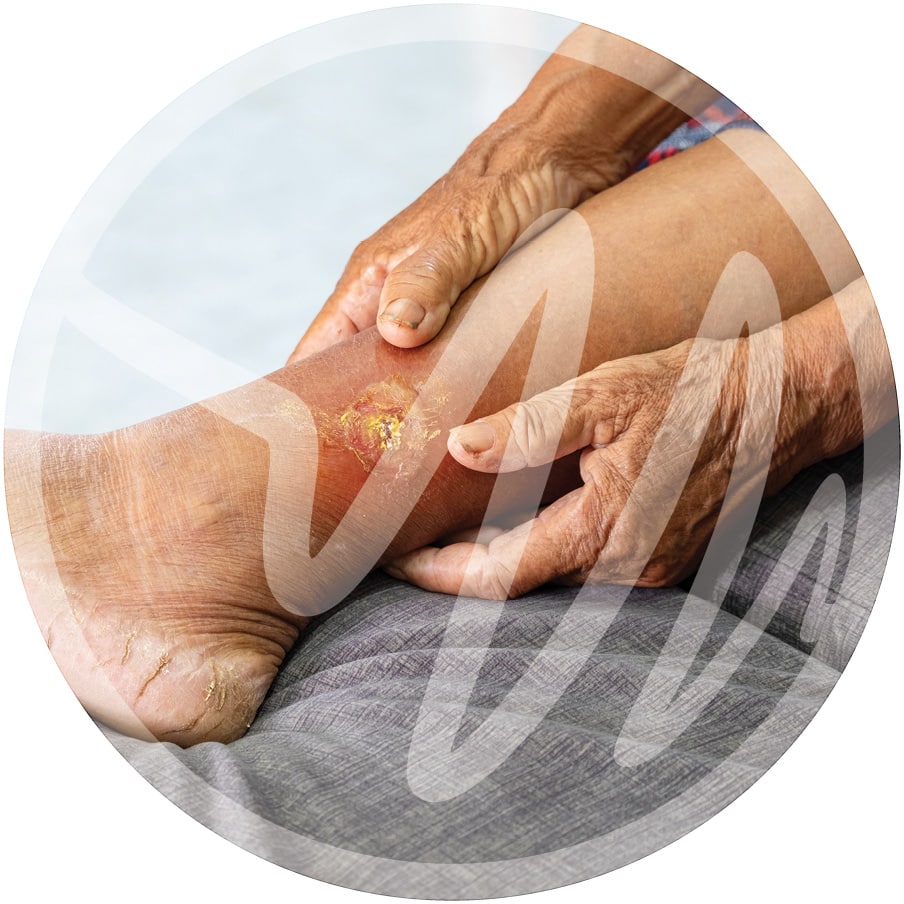Healing from the Skin In: How PEMF Therapy Supports Dermatological Health and Skin Ulcer Recovery
Your skin is your body’s largest organ and your first defense against infection, injury, and environmental stress. But healing can be slow, frustrating, and sometimes dangerous when skin integrity is compromised, whether from ulcers, wounds, or chronic inflammation.
If you’re struggling with hard-to-heal skin issues or seeking a natural skin healing therapy, PEMF therapy (Pulsed Electromagnetic Field therapy) may be the noninvasive, drug-free skin treatment you’ve been looking for. It works beneath the surface to activate your body’s natural healing process.

Understanding Skin Damage and Chronic Wounds
What Makes Chronic Wounds Hard to Heal?
- Poor blood flow to the skin limits oxygen and nutrients
- Chronic inflammation delays tissue regeneration
- Damaged cells lose their ability to divide and rebuild
- Bacterial contamination worsens inflammation and tissue breakdown
How PEMF Therapy Supports Skin Healing
PEMF therapy for dermatological conditions uses pulsed electromagnetic fields to stimulate healing deep within the tissue. Unlike topical creams that only address the surface, PEMF works at the cellular level to improve skin circulation, reduce inflammation, and activate cellular repair.

Key PEMF Benefits for Skin Health
Improves Blood Flow and Oxygenation
PEMF enhances microvascular circulation, helping oxygen and nutrients reach the affected area. This is essential for regenerating tissue and resisting infection in chronic or slow-healing wounds.
Reduces Inflammation and Swelling
By modulating immune activity and reducing the release of inflammatory cytokines, PEMF therapy helps lower inflammation in the skin and surrounding tissues. This speeds up chronic wound healing while minimizing further tissue damage.
Stimulates Cellular Repair and Regeneration
PEMF energizes skin cells by boosting mitochondrial activity. This improves the ability of fibroblasts and keratinocytes to divide and rebuild the skin barrier, which is essential for skin regeneration treatment.
Accelerates Healing of Skin Ulcers and Chronic Wounds
Clinical research supports using PEMF therapy for skin ulcers, including diabetic foot ulcers, pressure sores, and post-surgical wounds. It promotes faster closure of wounds that haven’t responded to conventional treatments.
Helps Minimize Scar Formation
By supporting organized tissue repair, PEMF may also reduce the development of thick scarring or keloids, improving the look and function of healed skin.
Supported by Clinical Research

Discover a Better Way to Heal
Safe, Painless, and Noninvasive
View Clinical Studies on PEMF Therapy for Skin and Wound Healing
- Study: Pulsed Electromagnetic Fields Increased the Anti-Inflammatory Effect of A2A and A3 Adenosine Receptors in Human T/C-28a2 Chondrocytes and hFOB 1.19 Osteoblasts
- Study: Effectiveness of an Innovative Pulsed Electromagnetic Fields Stimulation in Healing of Untreatable Skin Ulcers in the Frail Elderly: Two Case Reports
- Study: Pulsed electromagnetic field (PEMF) promotes collagen fibre deposition associated with increased myofibroblast population in the early healing phase of diabetic wound
